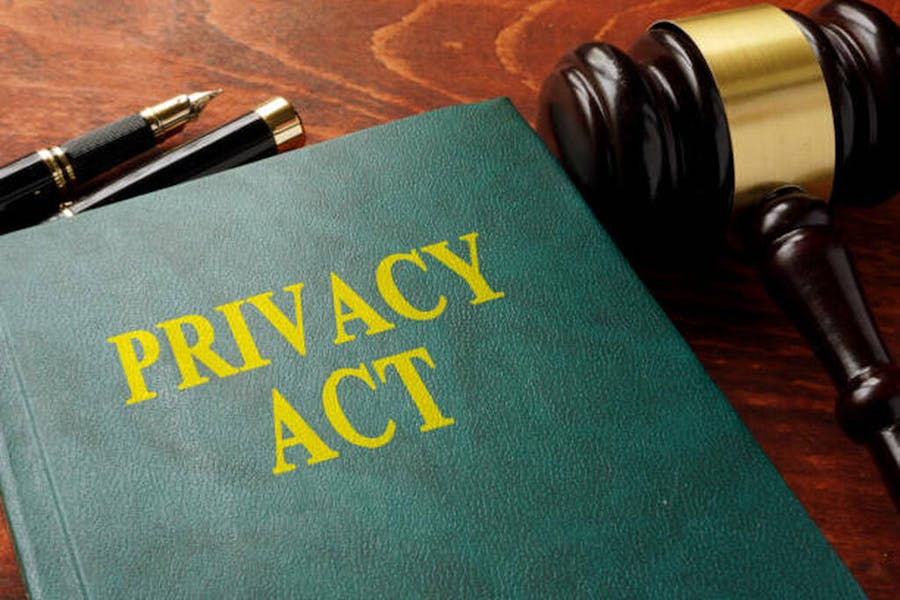The Ultimate Guide to SPF & DKIM: Land in the Inbox

Is your email campaign struggling because your messages are ending up in the dreaded spam folder? Whether you’re sending marketing emails, invoices, or password resets, deliverability is everything. But spam filters have become stricter than ever, making it harder for legitimate businesses to reach their audience.
The solution? SPF (Sender Policy Framework) and DKIM (DomainKeys Identified Mail). These two authentication protocols prove your emails are genuine and trustworthy. Pair them with DMARC for even stronger protection, and you’ll not only improve inbox placement but also shield your brand from spoofing and phishing attacks.
Let’s dive into everything you need to know about SPF, DKIM, and DMARC.
Why Emails Go to Spam in the First Place
The Growing Challenge of Email Deliverability
Email is one of the most powerful communication tools, but with billions of messages sent daily, inboxes are under siege. Spammers and cybercriminals exploit email for phishing, scams, and malware distribution. To combat this, major providers like Gmail, Outlook, and Yahoo use sophisticated algorithms to filter out suspicious emails.
The problem? Even legitimate senders often get caught in these filters if they fail authentication checks.
How Spam Filters Decide Email Fate
Spam filters evaluate multiple signals, including:
- Sender reputation (IP & domain history)
- Authentication (SPF, DKIM, DMARC)
- Content quality (spammy words, excessive links, poor formatting)
- Engagement rates (opens, clicks, unsubscribes, spam complaints)
Fail authentication, and your chances of reaching the inbox plummet. That’s where SPF and DKIM step in.
What is SPF (Sender Policy Framework)?
SPF is like a digital bouncer for your domain. It tells receiving mail servers which IP addresses are authorized to send emails on your behalf.
How SPF Works Behind the Scenes
- You publish an SPF record in your DNS.
- When you send an email, the recipient’s server checks if the sending IP is listed in your SPF record.
- If yes → the email passes.
- If no → the email may be flagged as spam or rejected.
Benefits of SPF for Businesses
- Prevents spammers from sending fake emails using your domain.
- Improves deliverability by proving sender legitimacy.
- Protects brand reputation from phishing attacks.
Common SPF Mistakes to Avoid
- Too many DNS lookups (over 10 causes SPF failure).
- Forgetting to update SPF when switching providers.
- Using “+all” (allows anyone to send email on your behalf—very risky).
What is DKIM (DomainKeys Identified Mail)?
If SPF proves the sender’s identity, DKIM ensures the message hasn’t been tampered with.
The Role of Cryptographic Signatures
- A private key on your server signs each outgoing message.
- A corresponding public key is published in your DNS.
- Receiving servers validate the signature to confirm integrity.
Why DKIM Improves Deliverability
- Protects against email modification in transit.
- Builds recipient trust with verifiable signatures.
- Increases likelihood of inbox placement.
DKIM Pitfalls and Misconfigurations
- Using weak (1024-bit) keys instead of strong (2048-bit).
- Forgetting to rotate keys periodically.
- Misaligned domains between sender and signature.
DMARC: The Missing Piece of the Puzzle
SPF and DKIM are powerful but incomplete without DMARC.
How DMARC Strengthens SPF & DKIM
DMARC ensures alignment between “From” headers and authentication results. Without it, attackers can still exploit loopholes.
Levels of DMARC Enforcement
- p=none → Monitor traffic without blocking.
- p=quarantine → Send suspicious emails to spam.
- p=reject → Block unauthorized messages outright.
How to Read DMARC Reports Effectively
DMARC reports reveal:
- Who is sending emails on your behalf.
- Authentication pass/fail rates.
- Potential spoofing attempts.
Step-by-Step Guide to Setting Up SPF, DKIM, and DMARC
Generating DNS Records with Your Email Provider
Most email services (Google Workspace, Microsoft 365, SendGrid, Mailchimp) provide ready-to-use SPF, DKIM, and DMARC records.
Adding SPF, DKIM, and DMARC to Your Domain
- Log into your DNS provider (GoDaddy, Cloudflare, Namecheap).
- Add TXT records for SPF and DKIM.
- Create a DMARC TXT record (start with p=none).
Testing & Validating Your Setup
- Use tools like MXToolbox or Google Postmaster Tools.
- Send test emails to Gmail/Outlook accounts.
- Review DMARC reports weekly.
Advanced Best Practices for Email Authentication
Aligning SPF & DKIM for Maximum Protection
Always ensure the “From” domain matches the domains used in SPF and DKIM. Misalignment is a top cause of failure.
Using Subdomains for Bulk or Marketing Campaigns
Send marketing emails from a subdomain like mail.yourdomain.com to protect your primary domain reputation.
Monitoring with DMARC Reports
Third-party tools like DMARCIAN or Postmark make reports easier to read and act upon.
Why Email Authentication Protects Your Brand
Reducing Phishing & Spoofing Risks
SPF, DKIM, and DMARC stop bad actors from impersonating you.
Building Customer Trust
Customers are more likely to engage with emails that consistently land in their inbox.
Safeguarding Your Marketing ROI
Better deliverability = higher open rates = more conversions.
FAQs: SPF, DKIM, and DMARC Explained
Q1. What’s the difference between SPF and DKIM?
SPF validates who is sending the email, while DKIM verifies the integrity of the email content.
Q2. Do I need DMARC if I already have SPF and DKIM?
Yes! DMARC enforces alignment and prevents loopholes, making it essential.
Q3. How long does it take for SPF/DKIM changes to propagate?
DNS changes usually take a few minutes to 24 hours globally.
Q4. Can SPF and DKIM guarantee inbox delivery?
Not 100%, but they drastically improve deliverability when combined with good content practices.
Q5. What’s the safest DMARC policy to start with?
Start with p=none to monitor, then move to quarantine and eventually reject.
Q6. What tools can I use to check my setup?
Free tools include MXToolbox, DMARCIAN, Google Postmaster Tools, and Mail-Tester.
Conclusion: Take Back Control of Your Inbox
SPF, DKIM, and DMARC aren’t optional anymore—they’re the cornerstone of modern email deliverability. By implementing them correctly, you’ll boost inbox placement, safeguard your reputation, and protect customers from phishing attempts.
👉 Don’t wait for your next campaign to hit the spam folder. Start configuring SPF and DKIM today, add DMARC for protection, and watch your deliverability soar.




